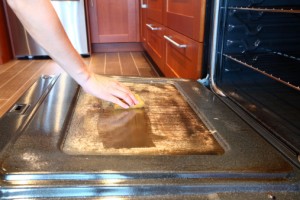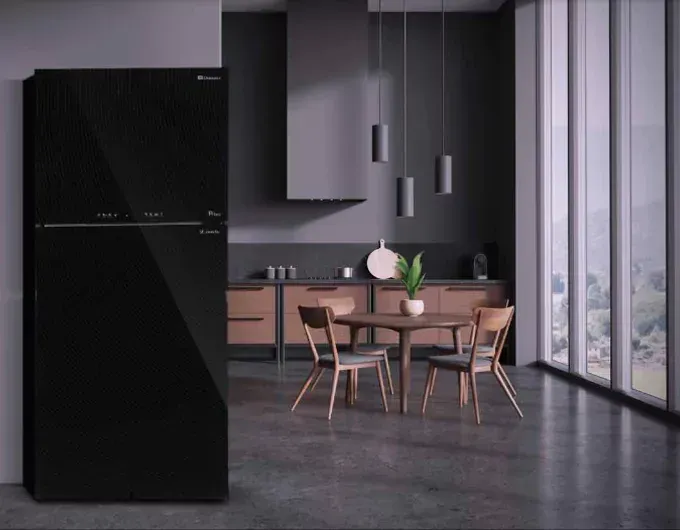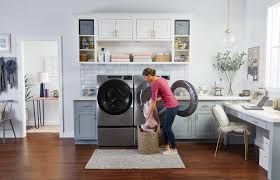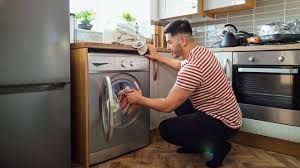Understanding Self-Cleaning Ovens
Learn why it may not be a good idea to use the self-cleaning feature too often.
 Did you know that many oven repair calls can be traced back to problems caused by the self-cleaning feature? It’s true.
Did you know that many oven repair calls can be traced back to problems caused by the self-cleaning feature? It’s true.
Using the self-cleaning feature places stress on certain oven components and can cause them to fail prematurely. Oven manufacturers know this, but because consumers demand self-cleaning ovens they continue to produce them, flaws and all.
How Do Self-Cleaning Ovens Work?
Self-cleaning ovens work by superheating interior surfaces to temperatures up to over 900°F during the cleaning cycle. This causes the pyrolytic ground coat that has been applied over the heat- and acid-resistant porcelain enamel to turn any baked-on food residue to ash. There are some self-cleaning ovens that use different coatings and cleaning processes, but this is by far the most common one.
What Problems Can Occur During Self-Cleaning?
Using the self-cleaning feature presents a risk to certain components because of the extreme temperatures involved. By turning on the self-cleaning cycle, you’re essentially asking the oven to perform at nearly twice the temperature of its normal comfort zone, and sometimes this doesn’t go over well.
One common problem is for electrical fuses to overheat and burn out. This may require the entire control panel to be replaced.
Another problem that may result is failure of the heating element. In older ovens where the heating element is exposed, this is a relatively easy oven repair to complete. But if you have a newer oven with hidden heating elements, the labor for the repair is going to be much greater, because the entire oven needs to be pulled out from the wall so that the hidden element can be accessed from behind.
So How Can I Clean My Oven?
Now, this doesn’t necessarily mean that you have to give up on your self-cleaning cycle completely. It just means you should be aware that using this feature may present a small risk to your oven. If you have a new oven, read your warranty to find out what recourse you might have in the event of a problem. If you have an older oven, remember that the risk will increase the older the oven gets and the more frequently you use the self-cleaning feature.
It’s a good idea to use good old-fashioned elbow grease to clean up small oven spills as they occur, and reserve your self-cleaning cycle for a once-per-year spring cleaning or for a seriously burnt-on mess.
If you do need oven repair as a result of your use of the self-cleaning feature, don’t hesitate to call Authorized Appliance Repair at (833) 220-1666.
You might also like
Educational Center
Book a Service Today
We will get back to you as soon as possible
Please try again later
Quick & Reliable
We are available 24/7
About Us
Authorized Appliance is an appliance repair contractor referral service. We connect you with appliance contractor in your area. All contractors are operated independently of Authorized Appliance. It is the responsibility of each user to verify that the contractor connected with meets all licensing and insurance requirements in that jurisdiction.
All Rights Reserved - Authorized Appliance




